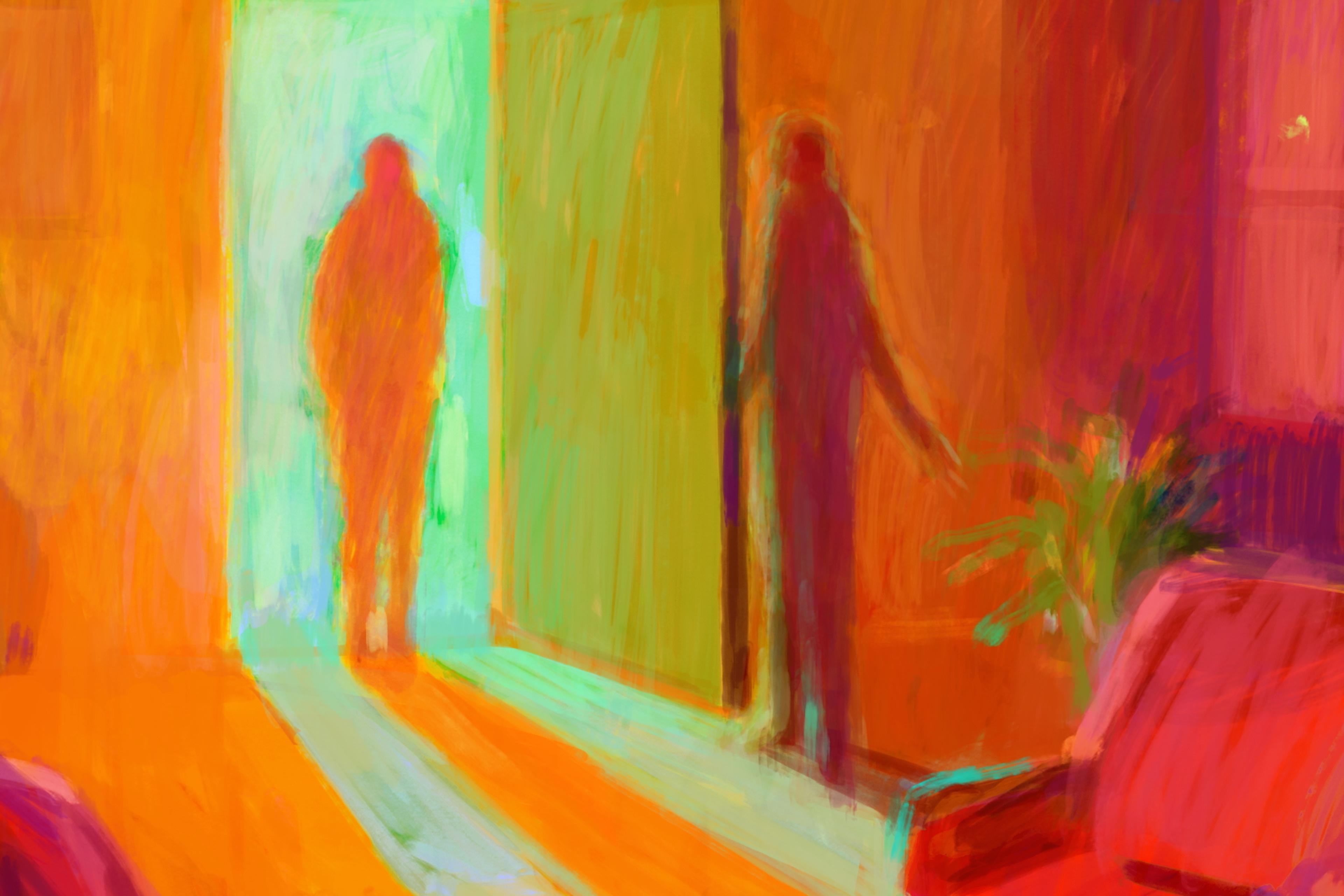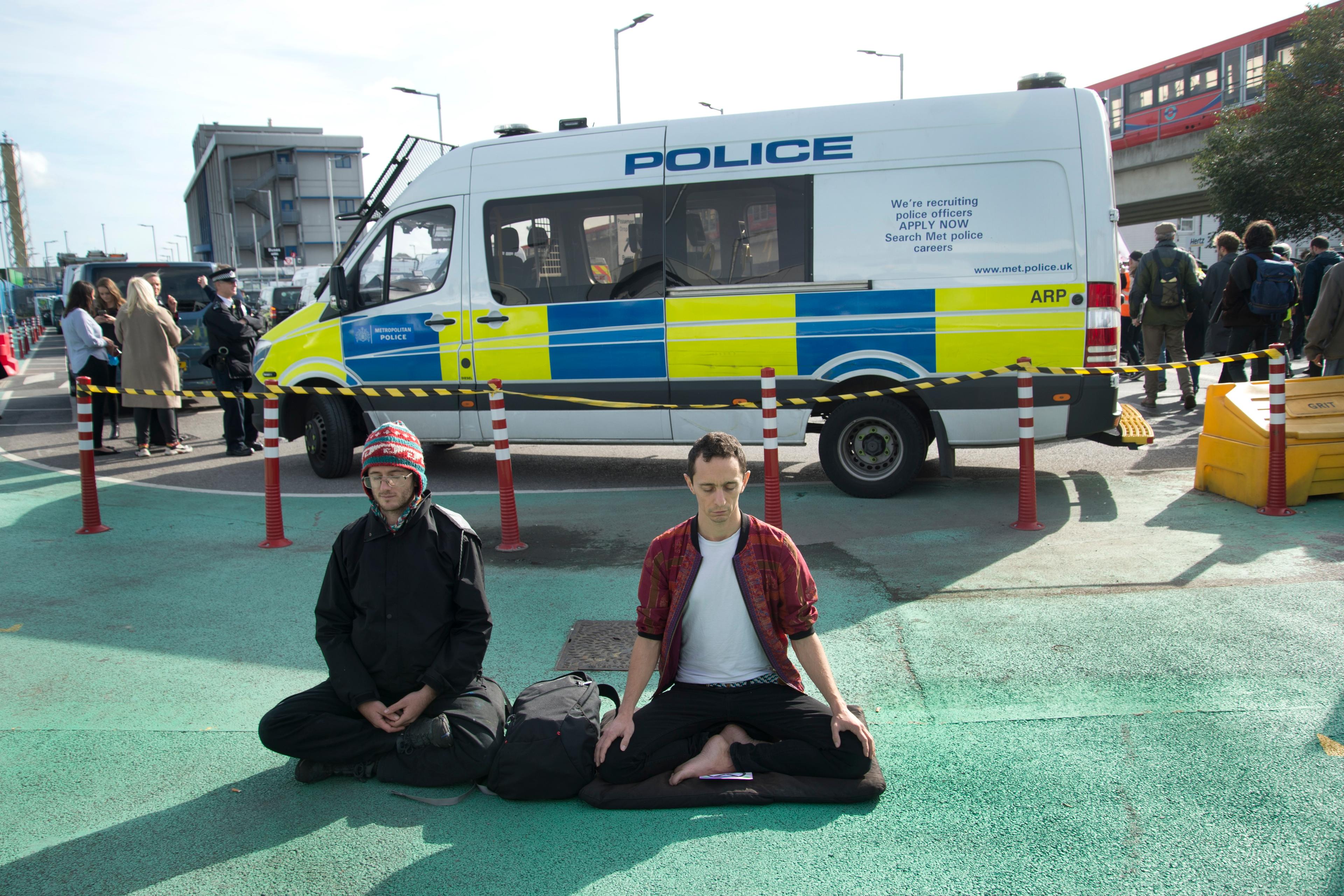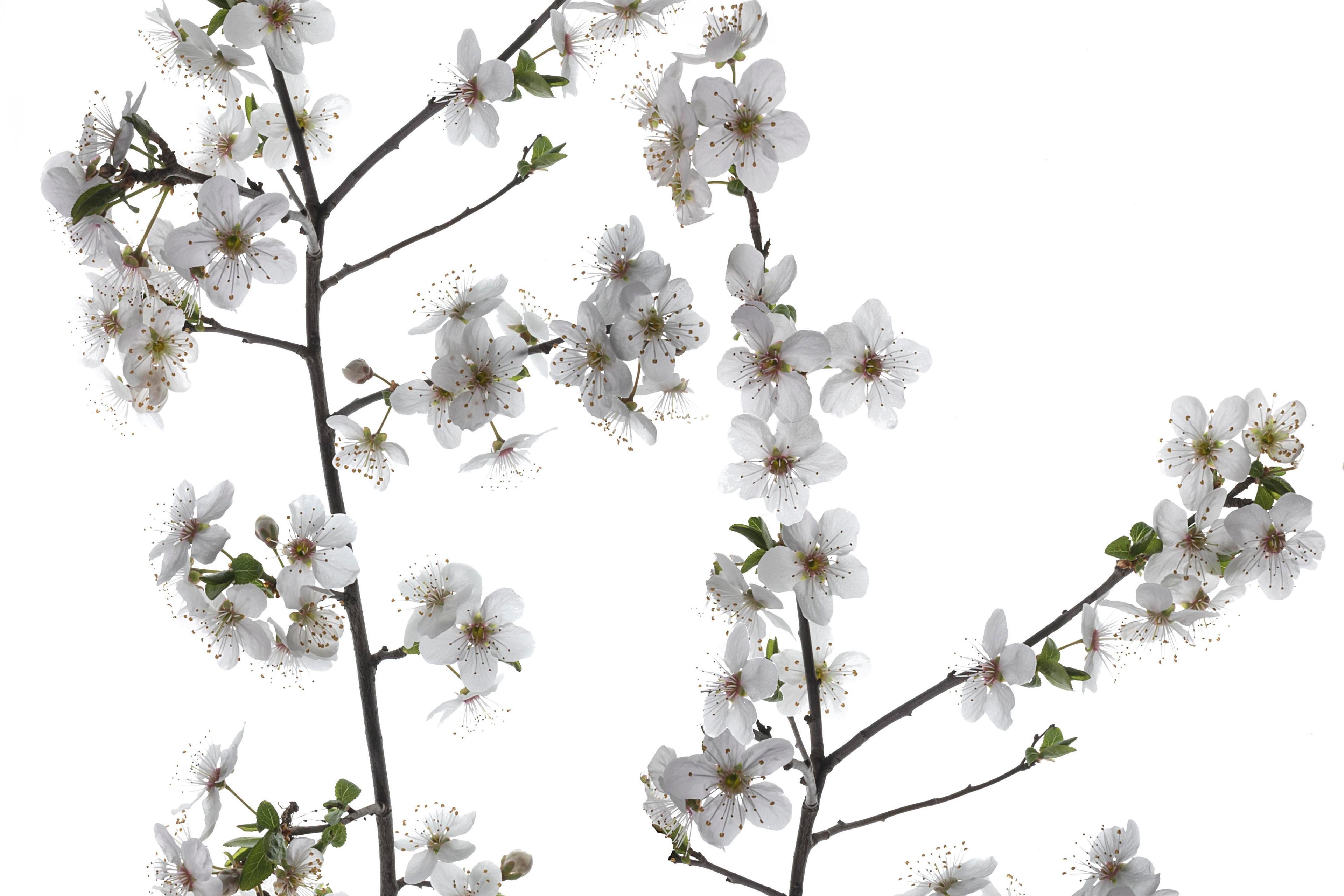Among those who undergo psychotherapy, some believe that their condition might initially worsen before it improves. This is a notion sometimes expressed by clinicians, too: ‘Often you get a little bit worse before you get better,’ the psychologist Laurie Higbed, a provider of psychedelic-assisted psychotherapy, told The Guardian in 2021. In meditation, there is a similar sentiment; the title of the book No Mud, No Lotus (2014), by the Zen Master Thich Nhat Hanh, captures the idea that there is no bliss without some suffering. The presumption inherent in such statements is that you must sometimes experience discomfort or pain to achieve a benefit. These sentiments may be true, but they also raise questions about the extent to which one must endure these difficulties, and why.
Psychotherapy and meditation differ in numerous ways, but their points of intersection are useful here. Both practices are challenging, and the commitment to persisting in them, despite the associated difficulties, is commonly believed to be worth the price. For example, many find it extremely challenging to sit still and ‘do nothing’ during meditation, wading through the stream of thoughts, memories, sensations and distractions that arise when the mind is freed of its normal daily constraints. In therapy, many find it hard to explore their interior world deeply and openly (sometimes for the first time) in the presence of someone they barely know. Both approaches commonly embrace the idea that such efforts can be uncomfortable and sometimes upsetting. Meditation teachers talk about the need to understand ‘suffering’ in order to potentially free ourselves of it. Likewise, practitioners of cognitive behavioural therapy recognise that temporary discomfort in sessions may be key to positive outcomes.
However, the amount of discomfort and whether people agree to the possibility in the first place are essential to ethical practice. I contend that sayings like ‘It has to get worse before it gets better’ often gloss over the reality that some meditations and therapies simply don’t work for everyone, while others are actively harmful. So, when is getting worse a sign that ‘the process’ is working, and when is it an indicator that the approach is unhelpful or even harmful?
In a recent analysis of nearly 900 meditators, my colleagues and I found that 58 per cent had experienced an unexpected, negative event that they attributed to the practice. Among the most common of these adverse effects were the recurrence of distressing thoughts or images, anxiety, bodily tension or pressure, exhaustion or fatigue, and feeling socially disconnected. Estimates of adverse effects in psychotherapy are similar in type and occurrence. The recurrence of unpleasant memories is the most common. Sleep problems and feeling more stressed, worried or generally unpleasant are also relatively frequent. Together, these findings underscore that many people experience at least temporary negative effects from undertakings that are fundamentally intended to provide help.
This might seem to suggest that some discomfort is to be expected. But it’s important that we differentiate between discomfort and distress. We also need to define the concept of harm. These clarifications can help us answer the question of whether things need to get worse before they can get better.
Manageable, temporary discomfort and prolonged, intolerable distress are very different experiences. And yet, similar terms are increasingly used to describe both (eg, ‘stress’, ‘trauma’, ‘depressed’). The psychologist Nick Haslam has argued that the use of such terms has broadened in recent years to encompass an ever-wider range of ideas. While these terms historically reflected medical concepts, often requiring clinical treatment, they are increasingly used to refer to everyday experiences. The broadening of concepts to capture a wider range of less extreme experiences might make it harder to know whether unpleasant challenges are a sign of things gone wrong.
Temporary discomfort is often a condition of personal growth. Although it can be unpleasant to confront something you fear, to consider an alternative to a strongly held belief, or attempt to tolerate uncertainty, the possibility for change manifests in these pursuits. This kind of temporary discomfort is normative and perhaps even necessary to certain treatments or practices.
To give an example from therapy: if you are receiving treatment for a phobia, the temporary experience and toleration of anxiety is part of the process by which the trigger and the reaction become disentangled. A skilled psychologist is trained in how to manage the response such that it does not become overwhelming, else the therapy will fail to work. Heightened general anxiety (ie, anxiety unrelated to the feared situation or object) or an inability to sleep would be unintended negative outcomes.
Sometimes, the frustration, anxiety or sadness is more than one is equipped to handle in the moment
In meditation, an increased awareness of a restless mind or harsh inner critic could initially be frustrating or upsetting. You might feel anxious about how much work lies ahead or even feel disheartened about how you (like many of us) have developed a repertoire of unhelpful behaviours. Such insights allow for the possibility of practising different behaviours that are more aligned with what you intend. But, sometimes, the frustration, anxiety or sadness is more than one is equipped to handle in the moment. Recognising the need to change one’s behaviour (whether in the moment, in the practice, or in life), alongside the awareness of one’s current capacity to do so, could be a sign of progress – but only if it isn’t overwhelming and unending. Again, we need to be able to endure short-term discomfort, but we shouldn’t be expected to manage lasting distress.
There is no clear-cut threshold for how bad an experience has to be to cause harm, which is why I and other researchers want to uncover more about the full range of potential side-effects. The World Health Organization defines harm as physical, psychological or social suffering and/or functional impairment. As suffering is notoriously challenging to define (just ask meditation teachers), let’s focus on functional impairment – a disruption in one’s day-to-day activities. While rates of people having any adverse effects in meditation and psychotherapy are around 50 to 60 per cent, around 9 per cent of meditators in our study reported functional impairment. These effects are not always short-lived, either: approximately 1.2 per cent of meditators have experienced an adverse effect with functional impairment lasting at least a month.
Some of the most common types of serious harms in meditation and psychotherapy are a worsening of the very mental health symptoms people use the practices to address, such as anxiety, depression or traumatic memories. In some cases, new symptoms emerge. Occasionally, with meditation, the effects can be as severe as psychotic episodes, hallucinations or suicidality. Fortunately, ‘extreme’ symptoms do seem to be rare, but even small percentages can have big impacts when one in five people use meditation and psychotherapy.
In his seminal work on psychological treatments that cause harm, the clinical psychologist Scott Lilienfeld cautioned that, in general, we should be sceptical of the notion that it has to get worse before it gets better, but especially in cases where ‘getting worse’ doesn’t quickly shift to ‘getting better’.
This scepticism was based on what researchers know about indicators of positive outcomes in psychotherapy. Simply put, there is no empirical evidence that a worsening of symptoms precedes getting better. In fact, there is good evidence to the contrary. So-called ‘sudden gains’ – rapid, stable and large decreases in symptoms – are robustly associated with better, more lasting treatment outcomes. A large study analysing psychological function in psychotherapy found that sudden, early gains were the most common pattern (75.3 per cent), slow and steady gains were in the middle (19.3 per cent), and early deterioration was the least common (5.4 per cent). Notably, those who initially got worse were no better off than the first group after 11 sessions. Perhaps getting worse before getting better is not only uncommon but unnecessary.
No programme will work for everyone, but the odds should at least be in your favour
Of course, we must remember our distinction between discomfort, distress and harm. Discomfort is almost certainly occurring at some level for most who aim to change their behaviour or manage mental ill-health. Therapy and meditation are often challenging. If any distress occurs, evidence would suggest it ought to be mild and short-lived. And if an intervention or practice makes it harder to function in day-to-day life, then that needs to be taken seriously, and whatever has gone wrong must be addressed.
If you are considering starting or resuming meditation or psychotherapy, I would suggest finding out a few things to reduce the risk of needless discomfort or distress. A therapist, teacher or instructor should be able to provide you with all this information. The likely benefits ought to outweigh the likely risks. No programme will work for everyone, but the odds should at least be in your favour. There ought to be evidence that a particular practice or approach can result in the achievement of your desired goals. It’s also worthwhile knowing about the provider’s training and experience. You want to be guided by someone who understands the difference between discomfort, distress and harm.
Knowing these things might not fully prevent harms and most certainly will not eliminate discomfort. But it will help to minimise harms and maximise the benefits. And if your experience with an intervention or practice starts getting worse and doesn’t quickly take a turn to getting better, my recommendation would be to stop, speak to the provider, and perhaps seek out another practice (and, possibly, another provider). While worthwhile endeavours are often challenging – and we can all benefit from being more comfortable with being uncomfortable – pursuing our goals shouldn’t be unbearable.








